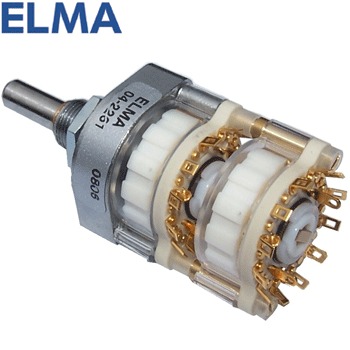MakeMineVinyl
Major Contributor
The pop problem can arise if for some reason both relays are 'open' to signal ground for an instant when switching. If it were me, I'd probably implement a jumper arrangement where I could select via jumpers whether the signal grounds are all connected together, or go through the relays. That way, you would have both bases covered.I might add a third relay just for audio ground side, so it toggles between both inputs. Here I can just one of these Omron relays, as a minimal chance of crosstalk is not needed for this signal. Don't want the risk of groundloops.
As for pops, my amp has a speaker protection circuit in it (Neurochrome Guardian-86), so that *should* keep the speakers safe.
I'll post the PCB drawing once I have that figured out. Thanks for all the help!!
I'd just leave the +12V 'GND' isolated. You might even consider placing a 0.1uF cap across the relay coil in parallel to the diode to suppress potential pops introduced by the coil energizing. You could always place a footprint there for a capacitor and only stuff it if you get a pop from the relay coil.
This stuff can really start playing mind games with you with all the details and possible ways things could go wrong, even with a 'simple' circuit.
Last edited:

